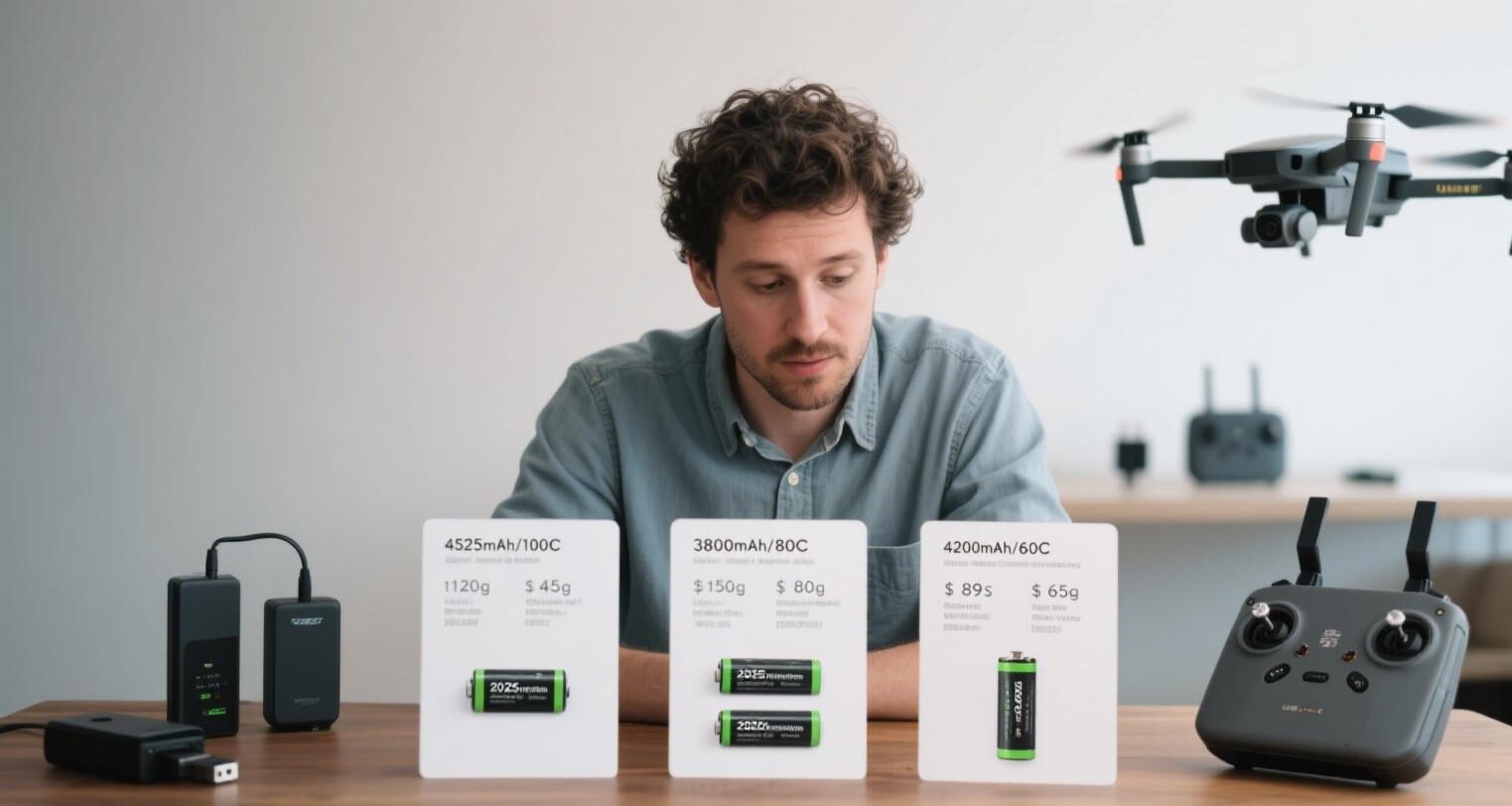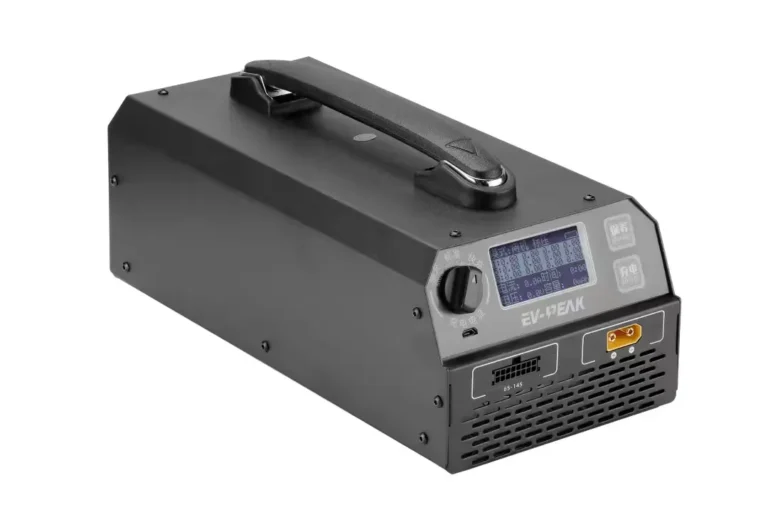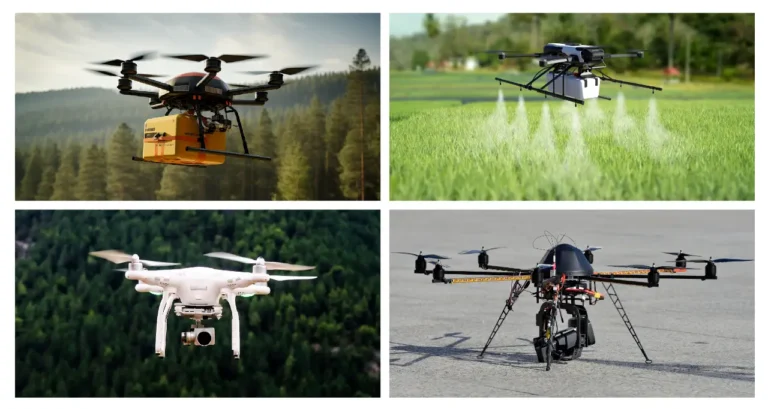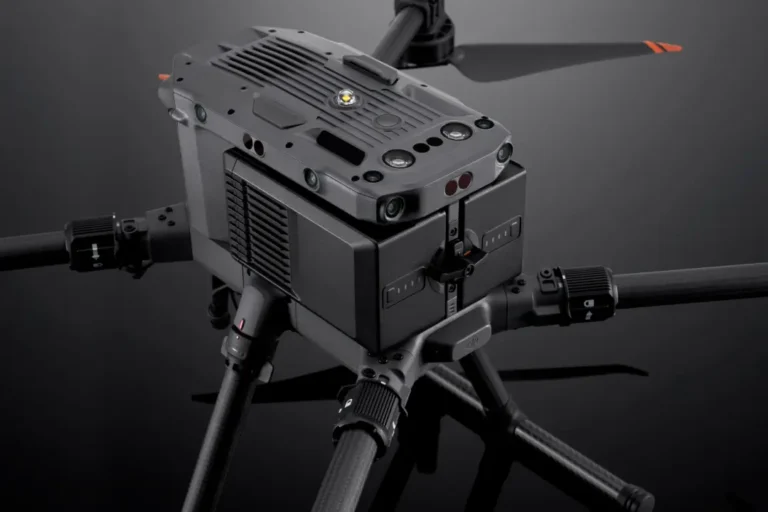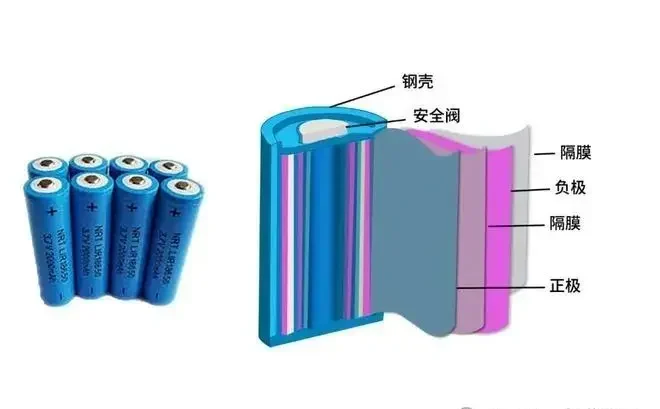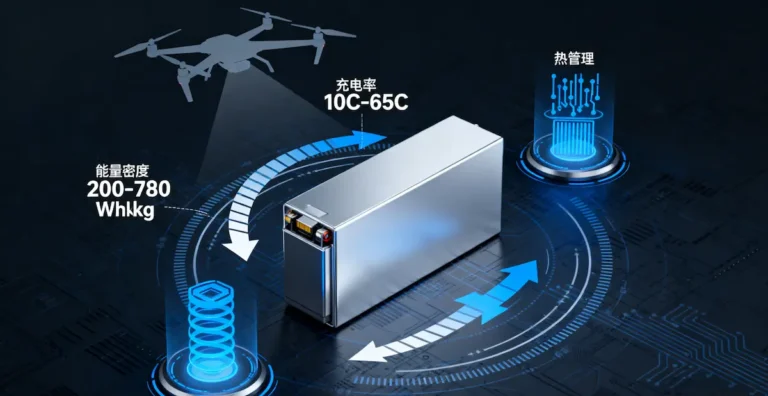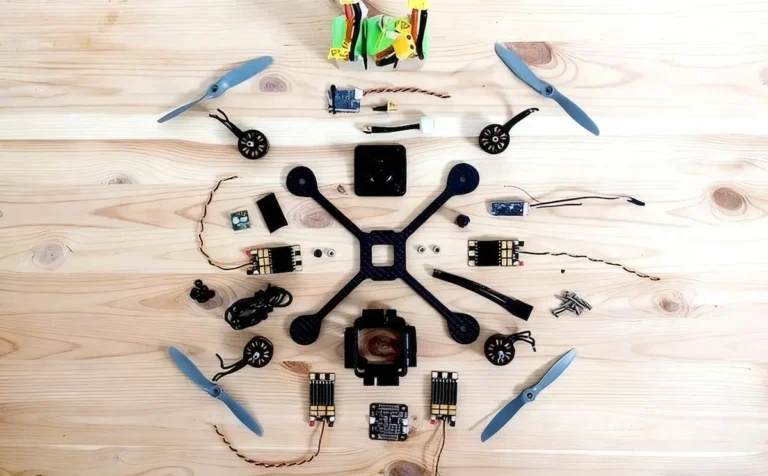2025 Drone Battery Buying Guide
When the plant protection drone suddenly drops 15% power in 45℃ high temperature, you will understand – the consistency of the drone battery cell is 100 times more important than the capacity figure.
Law 1: Drone battery cell quality – the life and death of the energy heart
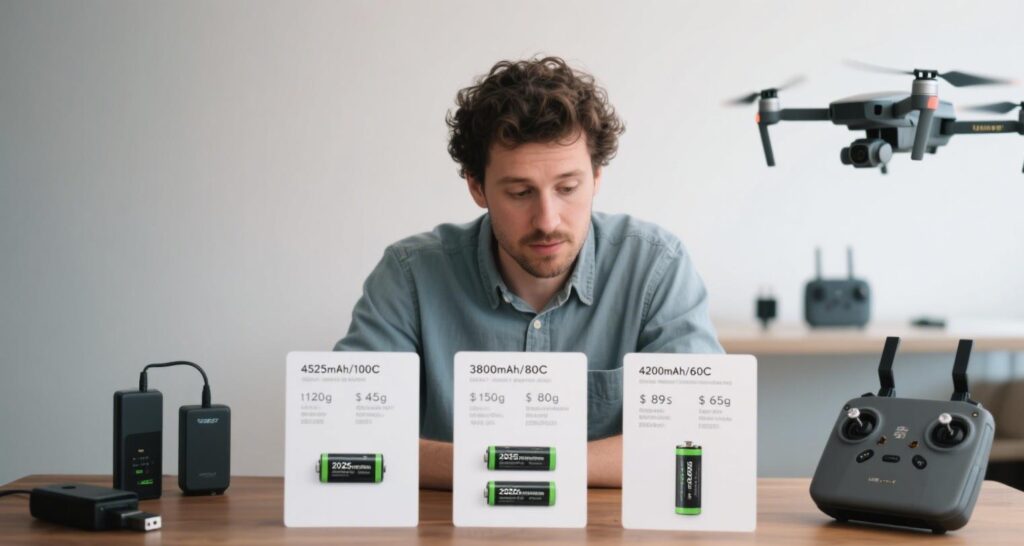
1. Cycle life: a hard indicator for thousands of jumps
Industrial-grade UAV battery: ≥500 cycles (capacity retention >80%)
Cutting-edge choice: lithium iron phosphate (LFP) system
Advantage:
UAV battery high-temperature tolerance: capacity degradation at 60°C <5% (Li-ion ternary >20%)
Cycle life: 1500 cycles @25°C measured by Far East Battery
Drone battery limitations: energy density 160Wh/kg → range reduction of 15%, but stability crushing
2. Cell consistency: invisible killer
Voltage polarity >50mV → 300% risk of bulging (Synventive lab data)
Means of detection:
A, full power static 1h –> Measurement of individual voltage –> Polarization ≤ 30mV? -> Yes: qualified
B, full power static 1h –> Measurement of individual voltage –> Polarization ≤ 30mV? -> No: scrapped batch
3. China’s Solid State Battery Breakthrough Direction:
Ningde Times cohesive electrolyte technology:
Increase cycle life by 200% at high temperature 70℃
0 fire in puncture test (traditional LFP > 120℃ thermal runaway)
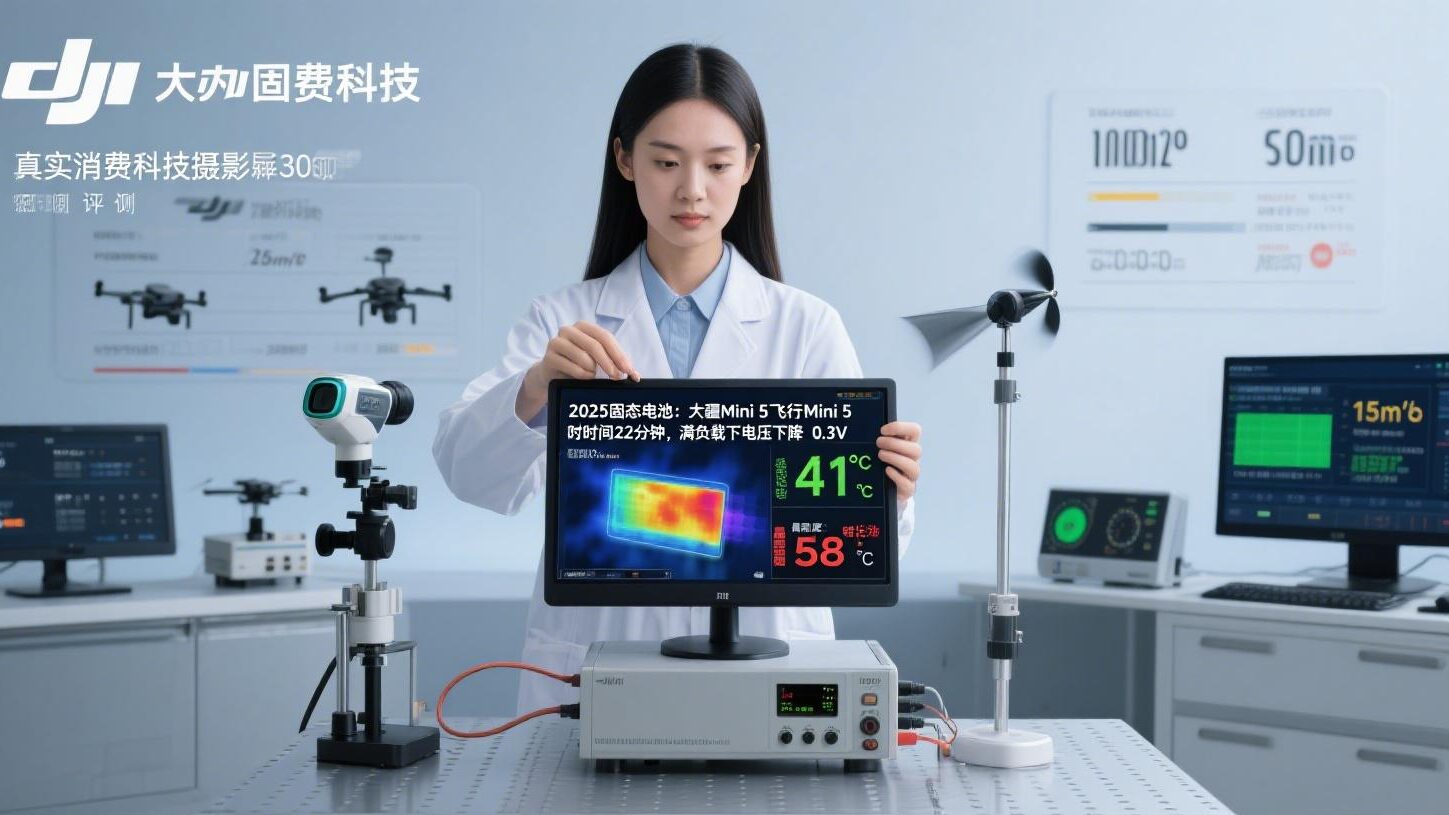
Law 2: Drone Battery Discharge Performance – The Steel Backbone of Heavy Duty Flight
Plant protection drone energy requirement formula:

(v hovering = 5 m/s, η motor efficiency ≈ 0.7)
Key parameter anchor points:
| payloads | Minimum continuous discharge rate | Instantaneous peak requirements |
|---|---|---|
| 10kg | 10C | 15C(3s) |
| 20kg | 15C | 25C(3s) |
Blood tears lesson:
- A 16kg payload UAV chooses 8C battery → takeoff voltage drop>1V → trigger ESC protection to blow up
- Solution: Ganfeng lithium solid-state battery supports 20C pulse discharge (-20℃ no attenuation)
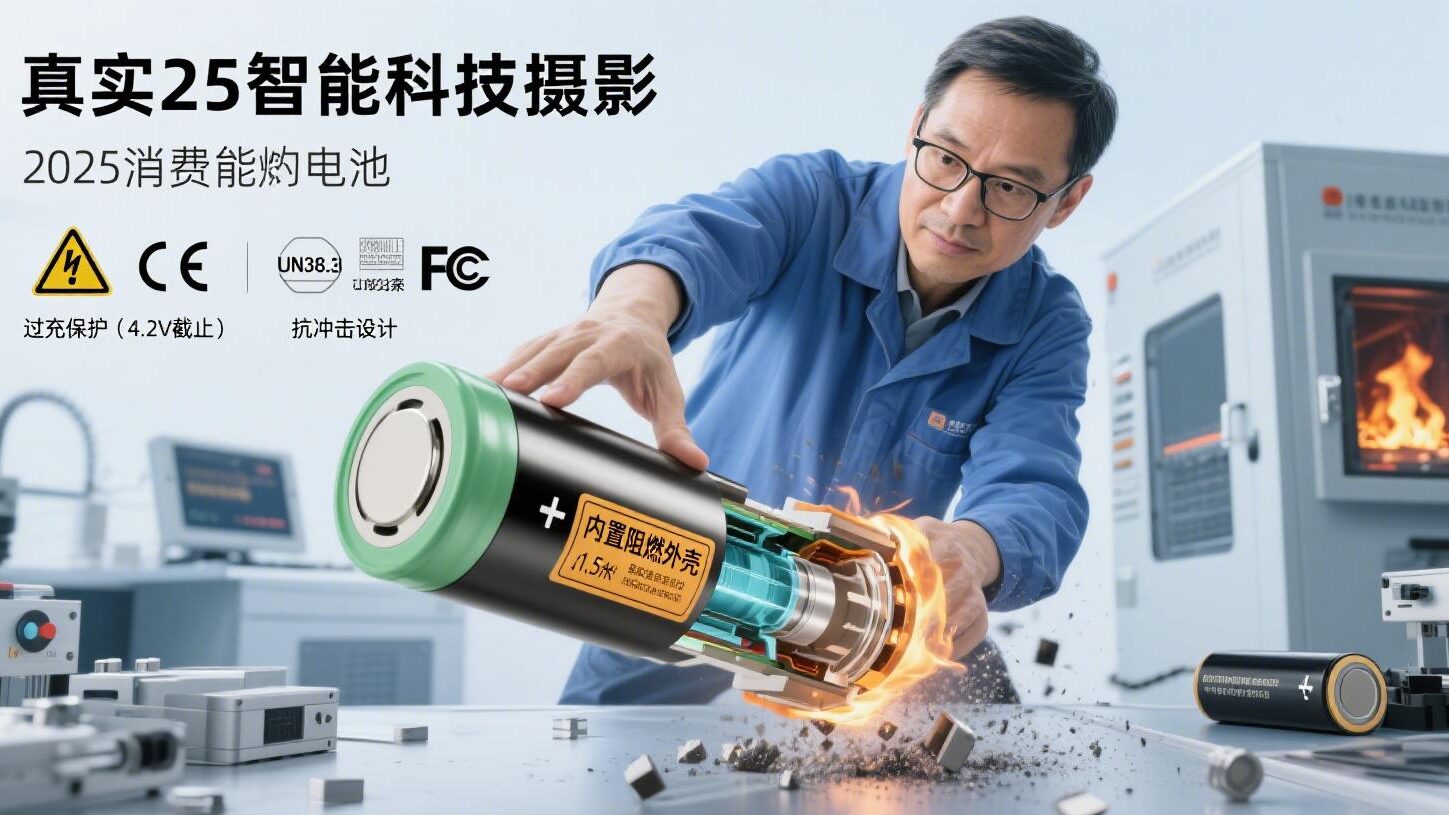
Law 3: Safety Systems – Survival in High Temperature and High Humidity Environments
BMS triple protection barriers:
(1) Voltage monitoring:
- Over-voltage protection ≥4.25V/cell (LFP: 3.65V)
- Under-voltage protection ≤3.0V/cell (to prevent over-discharge damage)
(2) Thermal management engine:
- > 60 ℃ forced power reduction → Far East Battery patented phase change material temperature control
- <-20 ℃ to start self-heating (China’s solid-state battery low temperature advantage)
(3) Communication protocol:
- CAN bus real-time backhaul SOC/SOH → DJI Agras T40 standard.
Mechanical protection standard:
- IP54:
- basic dustproof and waterproof (light rain operation)
- Upgrade program:
- Silicone potting process → pesticide corrosion resistant
- Carbon fiber shell → 30% weight reduction + impact resistance
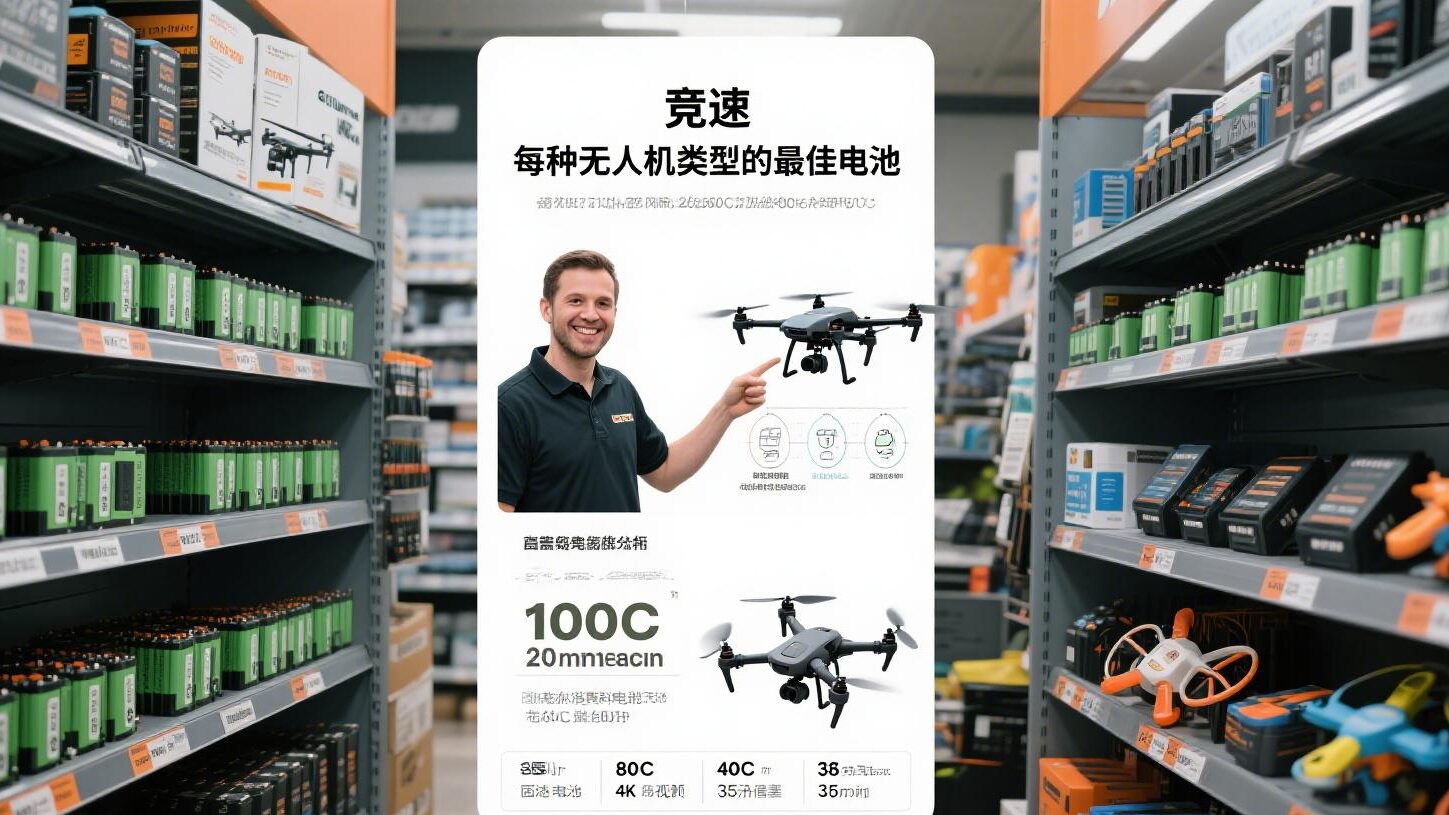
2025 Technology Foresight: China’s solid-state batteries for drones strike a downward spiral
Agricultural drone pain point end solution:
| point of pain | traditional approach | Solid-state battery breakthrough |
|---|---|---|
| high-temperature attenuation | Restricted working hours | 80°C cycle life ↑300% |
| charging efficiency | 2-hour slow charging | Ningde 5C fast charging (12 minutes full charge) |
| Low-temperature endurance | -10°C capacity halved | Discharge retention rate at -40°C > 85% |
Operation Recommendation:
Give priority to batteries equipped with the following technologies:
- 1. intelligent equalization BMS (single voltage difference <20mV)
- 2. Support fast charging above 4C (matching PV charging pile)
- 3. China solid-state battery pre-built interface (upgraded and compatible in 2025)
In the plant protection battlefield, battery is not a consumable but a production tool. Choosing an energy solution that matches the consistency of the battery cell + discharge multiplier + intelligent BMS iron triangle, in order to make the harvest of ten thousand acres of good fields no longer ruined by an accidental power dive.

